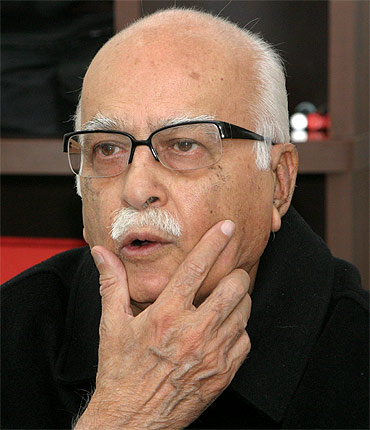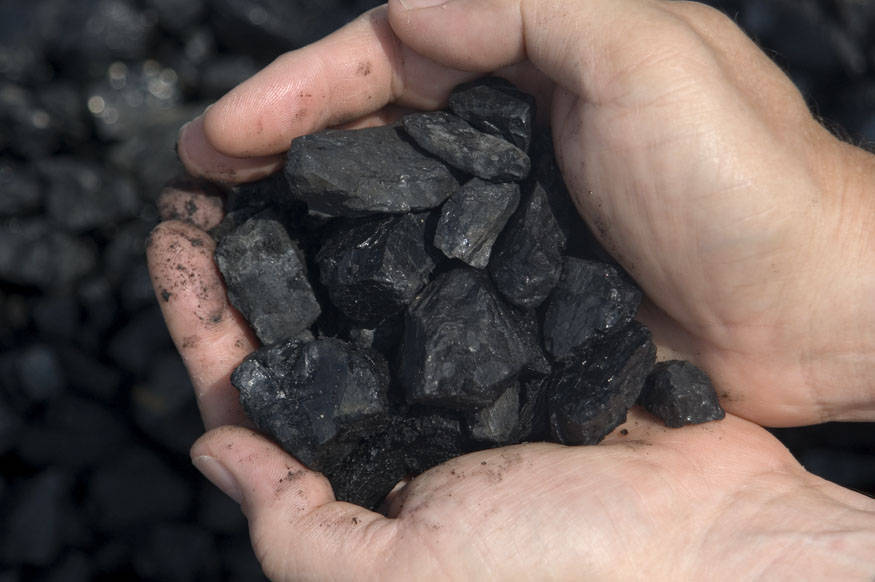The GDP growth for the period April to June 2014 has come in at 5.7%. This is the fastest economic growth that India has seen in the last nine quarters. During the period of three months ending in March 2014, the GDP had grown by 4.6%. Between April to June 2013, the GDP had grown by 4.7%.
This growth was on back of ‘electricity, gas & water supply’ which grew by 10.2 per cent , ‘financing, insurance, real estate and business services’ which grew by 10.4 per cent and ‘community, social and personal services’ which grew by 9.1 per cent.
Manufacturing which is one of the bigger components of the GDP grew by 3.5% during the quarter. It had contracted by 1.1% between April and June 2013. Manufacturing has grown even on a quarter to quarter basis. During the period January to March 2014, it had contracted by 0.7%.
Trade, hotels, transport & communication which forms the biggest component of the GDP at a little over 25%, also did well relatively better and grew by 2.8% during the period. Between April and June 2013, it had grown by 1.6%. The agriculture sector grew by 3.8% during the period, in comparison to 4% last year and 4.7% between January and March 2013.
All in all most sectors have done better than they had in comparison to last year. What are the reasons for the same? Supporters of Narendra Modi are likely to suggest that this is a clear impact of Modi taking over. But Modi took over as the Prime Minister of the country only on May 26, 2014, and by that nearly two-thirds of the three month period under consideration was already over. So his impact cannot be really great.
Nevertheless at the start of April 2014 it was clear that the Modi led National Democratic Alliance would dislodge the Congress led United Progressive Alliance from power. Hence that could have played some role in the increased activity in the manufacturing sector. Most business houses before the Lok Sabha elections had become pro-Modi. There was a belief that after Modi was elected to power the business and economic environment in the country would improve and that could have led to increased activity in the manufacturing sector. At the consumer level one important reason for the growth in the manufacturing sector could be improving car sales. Take the case of Maruti Suzuki, India’s largest car maker. For the period April to June 2014, the car sales for the company stood at 270,643 units, up 10.3 percent from April-June 2013. This after car sales had more or less stagnated for close to one year.
Car sales are a reasonably good economic indicator. Floyd Norris writing in The New York Times explains it best: “New-car sales can be a particularly sensitive economic indicator because few people really need to buy a new car, and thus tend not to do so when they feel uncertain about their economic prospects. Even if a car purchase can no longer be delayed, a used car is an alternative.”
Postponing the purchase of a car obviously has an impact on the car company. But it also has an impact on a host of other companies. As T N Ninan wrote in a column in Business Standard in January 2013 “The car industry is a key economic marker, because of its unmatched backward linkages – to component manufacturers, tyre companies, steel producers, battery makers, glass manufacturers, paint companies, and so on – and forward linkages to energy demand, sales and servicing outlets, et al.” And car sales growth leads to a growth of a lot of other sectors as well, and ultimately shows up in manufacturing growth as well.
While car sales growth is a very good economic indicator in developed countries, the same cannot be said totally about a developing country like India. There are other important factors at play when it comes to economic growth.
Another important factor which led to better economic growth in April-June 2014 was the fact that the sixteenth Lok Sabha elections were conducted during the period. One estimate suggested that the total expenditure on the elections would come to close to Rs 30,000 crore, including the Rs 7,000-8,000 crore spent by the government to carry out the elections.
A sudden increase in spending gets the multiplier effect into play. Money spent ultimately lands up as income in the hands of someone. He or she then spends that money again and that in turn lands up as income in the hands of someone else. This is how the multiplier effect comes into play and leads to faster economic growth. It is interesting to see that the services part of the economy grew significantly faster during this period, in comparison to the same period last year. This could clearly be because of all the money that was pumped into the economy by the government, political parties and candidates, during the course of the Lok Sabha elections.
This is an important factor that needs to be kept in mind while analysing these GDP numbers and the best economic growth in nine quarters. The GDP numbers for the period to July to September 2014, will clearly tell us whether economic growth has really revived to some extent or was the 5.7% growth a blip due to the Lok Sabha elections?
Also, the Monsoon this year hasn’t been normal. Data from the India Meteorological Department shows that Monsoon this year has been 18% below normal. If you look at the data in a little more detail, Monsoon in the North West region (basically Punjab, Haryana and Rajasthan) has been 34% below normal. Even though large parts of land in Punjab and Haryana is irrigated, there is bound to be some impact on agricultural growth.
Further, Central India which produces pulses and oil-seeds has seen a Monsoon deficiency of 17%. This part of the country is largely unirrigated and depends on rainfall for agricultural produce. A deficient Monsoon is bound to have an impact on agricultural in this region. And that will translate into lower spending and thus have an impact on other sectors as well.
To cut a long story short
, Indian economic growth hasn’t come out of the woods as yet. And the GDP data for the period July to September 2014 should give us a clearer picture.
The article originally appeared on www.Firstbiz.com on August 29, 2014
(Vivek Kaul is the writer of the Easy Money trilogy. He tweets @kaul_vivek)



